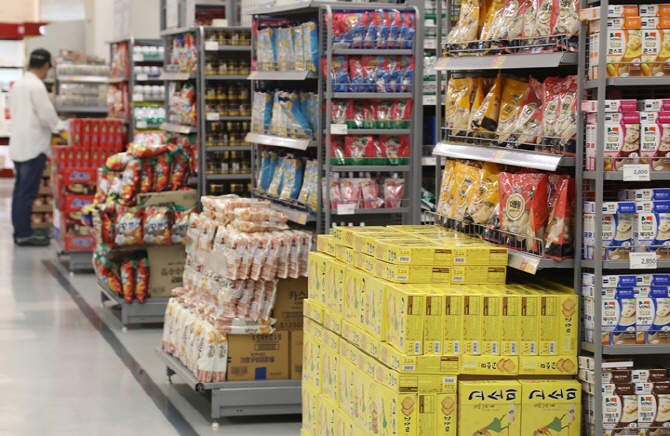SEOUL, Jan. 31 (Korea Bizwire) — The confectionery industry is being threatened by the decreasing population of toddlers and teens, major consumers of confectionery goods, as the birth rate continues to fall in South Korea.
The Korea Agro-Fisheries & Food Trade Corporation reported that confectionery production began to fall after reaching a peak in 2015 (3.2 trillion won, US$2.7 billion), plunging to 2.8 trillion won in 2018, mainly due to the low birth rate, experts say.
An increasing diversity of alternative food industries, including the bakery and fast food industry, also had a negative impact on the shrinking confectionery production.
Candy production, on the contrary, continues to expand, rising from 294 billion won in 2014 to 523 billion won in 2018.
Candy’s use for stress relief and negative perception towards chewing gum have led to the increase in imports of jelly candies, resulting in higher consumption, researchers argue.
Fewer confectionery products are being exported than imported.
While confectionery exports rose from 40,817 tons in 2014 to 42,132 tons in 2018, they shrank in monetary terms, falling from $268 million to $219 million over the same period.
Imports, on the other hand, increased from 62,731 tons to 72,927 tons, as well as in monetary terms from $273 million to $317 million over the same period.
Lotte Confectionery Co. (22.4 percent), Orion Corp. (18.8 percent), and Haitai Confectionery & Foods Co. (13.7 percent) accounted for 55 percent of total sales in the South Korean confectionery market.
In general, confectioneries with a wide variety of product offerings ranging from snacks, biscuits, candies, and gum tended to hold larger market share.
Lotte Confectionery’s sales increased by 2.4 percent between 2016 and 2018, while Orion’s sales increased by 16.1 percent over the same period.
H. M. Kang (hmkang@koreabizwire.com)







